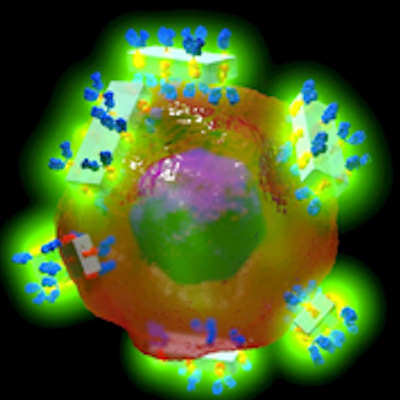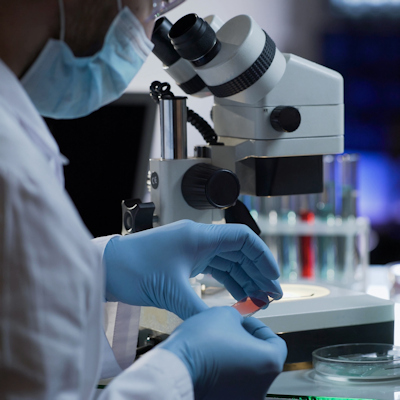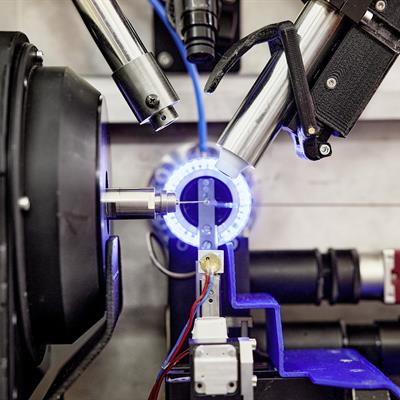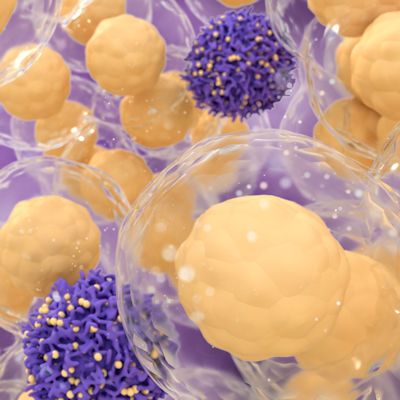July 11, 2022 -- Researchers at the University of Southampton have gained new insight into the key properties of an antibody needed to fight off cancer using protein crystallography, revealing that the flexibility of the hinge between the arms of IgG2 antibodies affects the anticancer effects triggered by the molecules.
In a study published in the journal Science Immunology, the University of Southampton team linked more compact, rigid antibodies to increased receptor agonism. The finding was enabled by long-wavelength x-rays.
Based on the insight, the researchers think it may be possible to more predictably dial antibody activity up and down to strike the right balance between safety and efficacy for each application.
In 2015, the Southampton team showed that IgG2 antibodies are more active than other antibody types. The study, details of which were published in Cancer Cell, linked the additional activity to disulfide bonds in the hinge region without providing a thorough explanation of the factors that drive the effects.
To better understand the role of the hinge region, the researchers worked with Diamond Light Source, the U.K.'s national synchrotron science facility, to analyze the structure of the antibodies at an atomic level. The long-wavelength x-rays can detect light elements such as sulfur and, as such, allowed the team to look at the disulfide bonds in the hinge region in greater detail.
Having built a detailed picture of the structure, the researchers used an x-ray scattering approach, small-angle x-ray scattering (SAXS), to show how the arms of the antibody move. The team used the Southampton High Performance Computing cluster to run mathematical models and a chemical-computing approach to analyze the data.
The study found that the agonistic activity of IgG2 antibodies against CD40, an immune receptor, varied depending on the pattern of disulfide bonds in the hinge region. Antibodies with a disulfide crossover are more rigid and therefore have fewer conformations. The researchers linked the rigidity to increased receptor agonism, pointing to ways to modulate the activity of antibodies.
"This study has given us new information about how to engineer antibodies to deliver a better immune response. We propose that more rigid antibodies enable the receptors to be bound closer together on the cell surface, promoting receptor clustering and stronger signaling for activity. This means by modifying the hinge we can now generate more or less active antibodies in a more predictable way," Mark Cragg, PhD, a professor of experimental cancer research at the University of Southampton, said in a statement.
While the study focused on anti-CD40 antibodies, the researchers conclude that the covalent change that influenced agonism "may be amenable for broad implementation to modulate receptor signaling in an epitope-independent manner in future therapeutics."
Copyright © 2022 scienceboard.net










